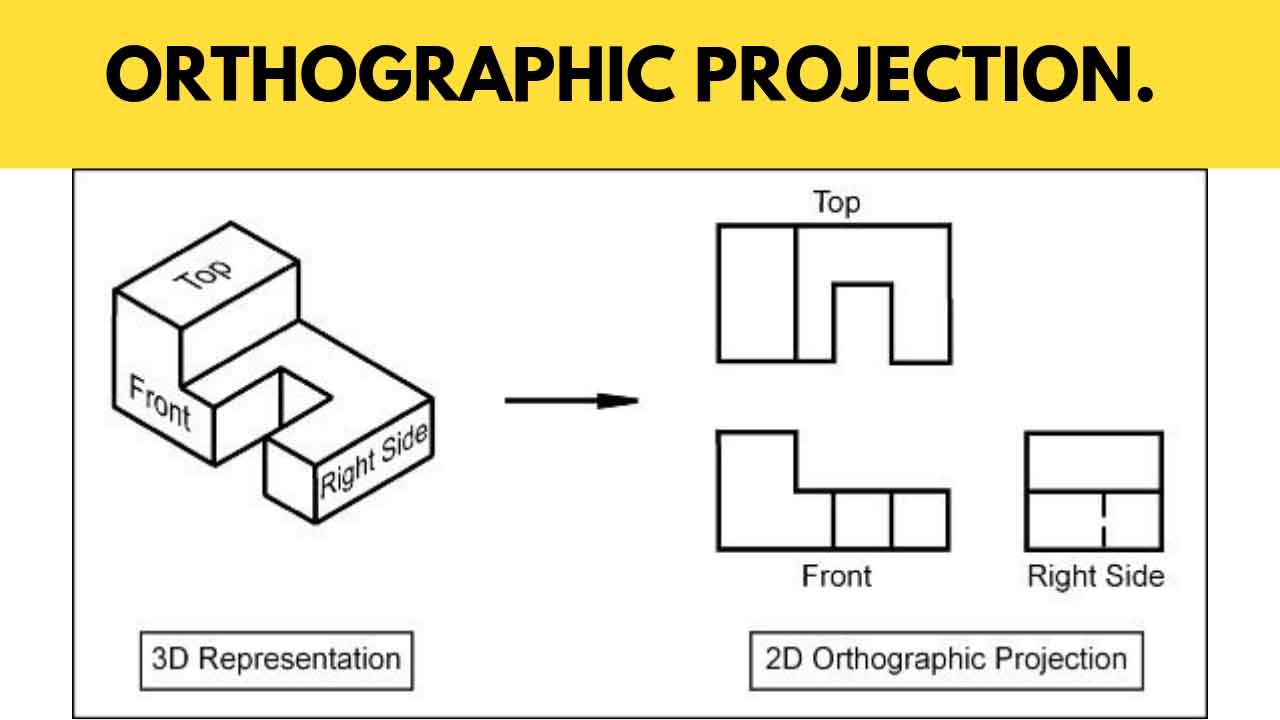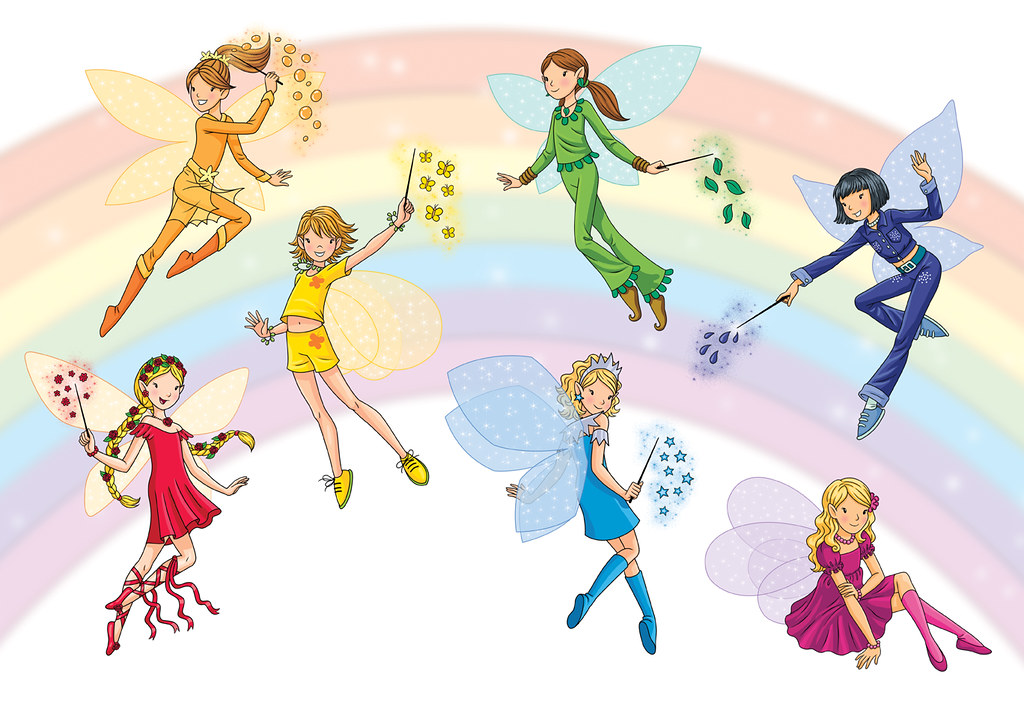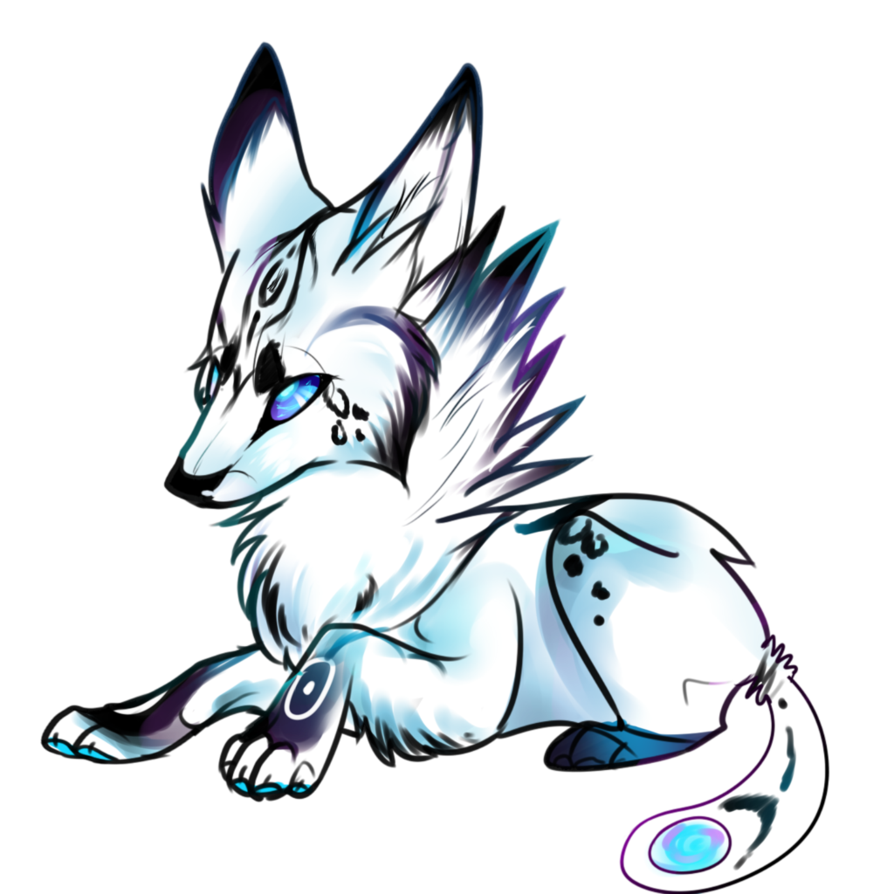Orthographic draw
Table of Contents
Table of Contents
Have you ever struggled with drawing accurate representations of objects or structures? Perhaps you have experienced frustration with the misalignment of different views or difficulty in visualizing relationships between parts. If this sounds familiar, then learning how to draw orthographic may be the solution you’ve been searching for.
Many people struggle with the process of creating accurate and readable representations of objects, especially when drawing complex shapes, curves, or angles. This can be a time-consuming and frustrating process, leading to a lack of confidence and accuracy in the final product. With orthographic drawing, however, you can learn to visualize and create views of objects with precision and clarity, making the process much simpler and more efficient.
So what exactly is orthographic drawing? In short, it is a system of creating two-dimensional representations of three-dimensional objects. By dividing an object into different views that show all the dimensions and angles, you can create a more accurate and readable representation. This is achieved by drawing each view separately and arranging them in an orderly fashion, creating a clear and understandable representation of the object.
To summarize, orthographic drawing is a powerful tool for accurately representing 3D objects in 2D form. By breaking down an object into separate views and arranging them strategically, this method strengthens accuracy, clarity, and efficiency in the drawing process.
How to Draw Orthographic: Step-by-Step Guide
Let’s dive into how to draw orthographic. Firstly, select the object or structure you want to draw and break it down into its separate components, noting its dimensions and angles. Once you have done that, go through the following five steps:

2. Draw each view separately. Sketch each of the views on separate sheets of paper. Use straight lines and accurate measurements, ensuring that each view is consistent in size and scale. Start by drawing the front, top, and right side views.
3. Add dimensions and labels. Use a ruler and pencil to add dimensions to each view, making sure all lines are visible and readable. Label each view and add any necessary notation, such as centerlines, section lines, and notes.
4. Arrange views on one sheet. Once each view is completed, arrange them on one sheet of paper in the correct orientation. Use guidelines to ensure that they are aligned and spaced accurately, but do not overlap or intersect. Add any necessary section views or details.
5. Finalize the drawing. After arranging the views, trace over them with a pen, adding any necessary shading or texture. Erase any remaining pencil marks, and verify that all measurements and labels are correct and readable.
Tips for Drawing Orthographic Efficiently
Here are some useful tips to help you draw orthographic efficiently:
 1. Use a parallel ruler or other helpful tools to keep your lines straight and consistent in size.
1. Use a parallel ruler or other helpful tools to keep your lines straight and consistent in size.
2. Make sure that all of your views are to scale and use the appropriate units for each dimension.
3. Follow a set process or system for each stage of drawing, working from front to back and left to right, for example.
Benefits of Orthographic Drawing
Using orthographic drawing has several benefits over other methods, including:
 -Clarity: By displaying each object view separately, orthographic drawing ensures that each part is clearly seen and understood.
-Clarity: By displaying each object view separately, orthographic drawing ensures that each part is clearly seen and understood.
-Accuracy: With each component drawn to scale, orthographic drawing increases accuracy and consistency in the final product.
-Efficiency: This method can save time and energy by streamlining the drawing process, allowing you to complete multiple views at once and quickly visualize relationships between the parts.
Challenges of Orthographic Drawing
Despite its many benefits, orthographic drawing can sometimes present difficulties. Here are a few challenges to keep in mind:
 -Complexity: Orthographic drawing can become complex when dealing with non-standard views or unusual shapes, requiring multiple views or additional sections to be added for more clarity.
-Complexity: Orthographic drawing can become complex when dealing with non-standard views or unusual shapes, requiring multiple views or additional sections to be added for more clarity.
-Learning curve: As with any new skill, learning how to draw orthographic can take time and practice, so be patient with yourself as you work towards mastery.
-Presentation: Showing the correct views of an object in an organized way can be difficult, making it necessary to use well-thought-out layout and graphic design skills.
Question and Answer
1. What is orthographic drawing?
Orthographic drawing is a method of creating 2D representations of 3D objects by breaking them down into separate views that show all dimensions and angles.
2. When should I use orthographic drawing?
Orthographic drawing is useful when you need to display the important views of an object or structure and want to ensure accuracy and clarity.
3. What are the benefits of using orthographic drawing?
Using orthographic drawing can increase clarity, accuracy, and efficiency in the drawing process, by displaying each object view separately and ensuring each part is correctly drawn at scale.
4. What are the main challenges of using orthographic drawing?
The main challenges of using orthographic drawing include complexity, the learning curve, and presenting the views of the object in an organized way.
Conclusion of How To Draw Orthographic
Orthographic drawing is a valuable skill for any artist, designer, engineer or architect. By breaking down the components of an object into separate views and arranging them strategically, orthographic drawing strengthens accuracy, clarity, and efficiency in the drawing process. It is a useful tool to learn for those not only in artistic fields but also for those who work with technical illustrations such as blueprints or in the construction of products.
Gallery
Orthographic Draw | Orthographic Drawing | Pinterest | Orthographic

Photo Credit by: bing.com / isometric orthographic tecnico geometria sketching descritiva autocad projetivo projections paper raffles foundations hana basico hanifah kelas kelompok geometri perspektif kunjungi
Orthographic Drawing | Create WebQuest

Photo Credit by: bing.com / orthographic
Orthographic Projection, Drawing: A Comprehensive Guide.

Photo Credit by: bing.com / orthographic projection comprehensive civilseek
How To Draw Orthographic Drawing
Photo Credit by: bing.com /
Orthographic Drawings

Photo Credit by: bing.com / orthographic





